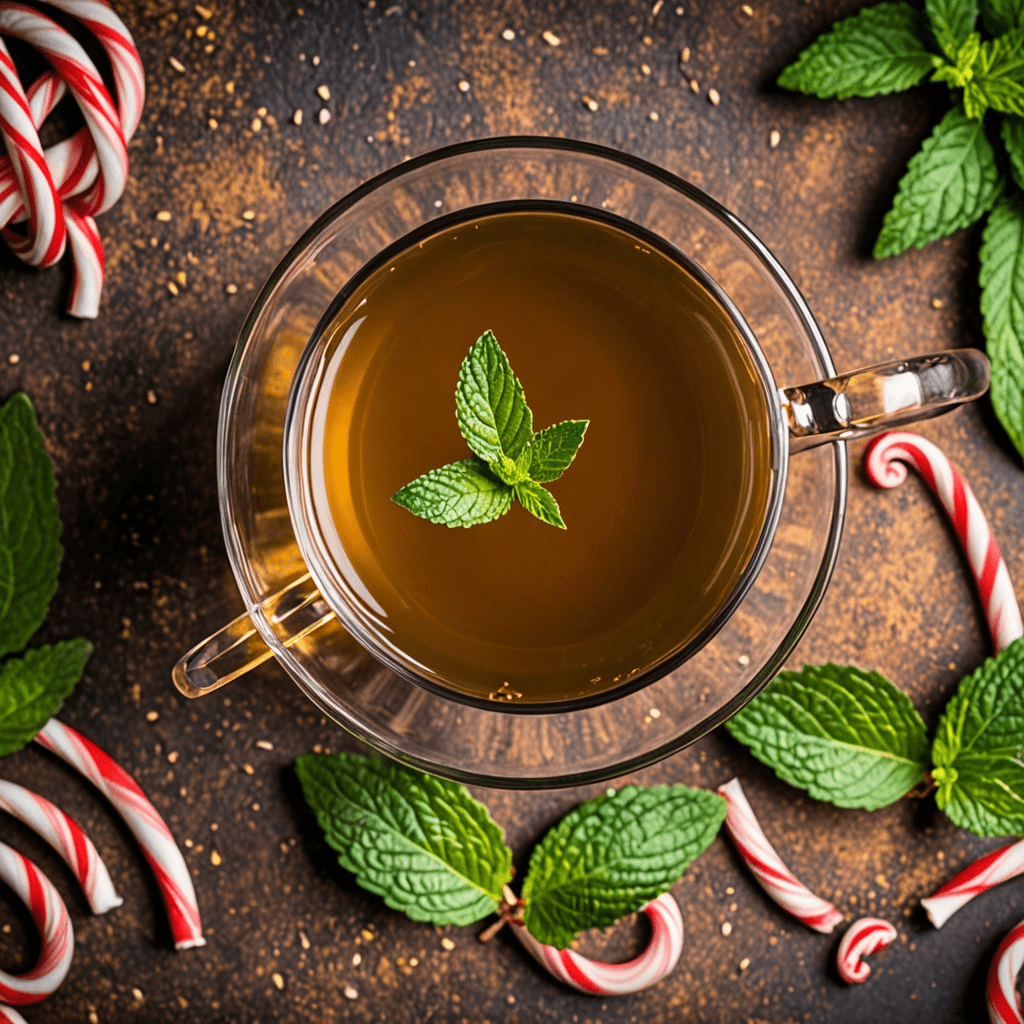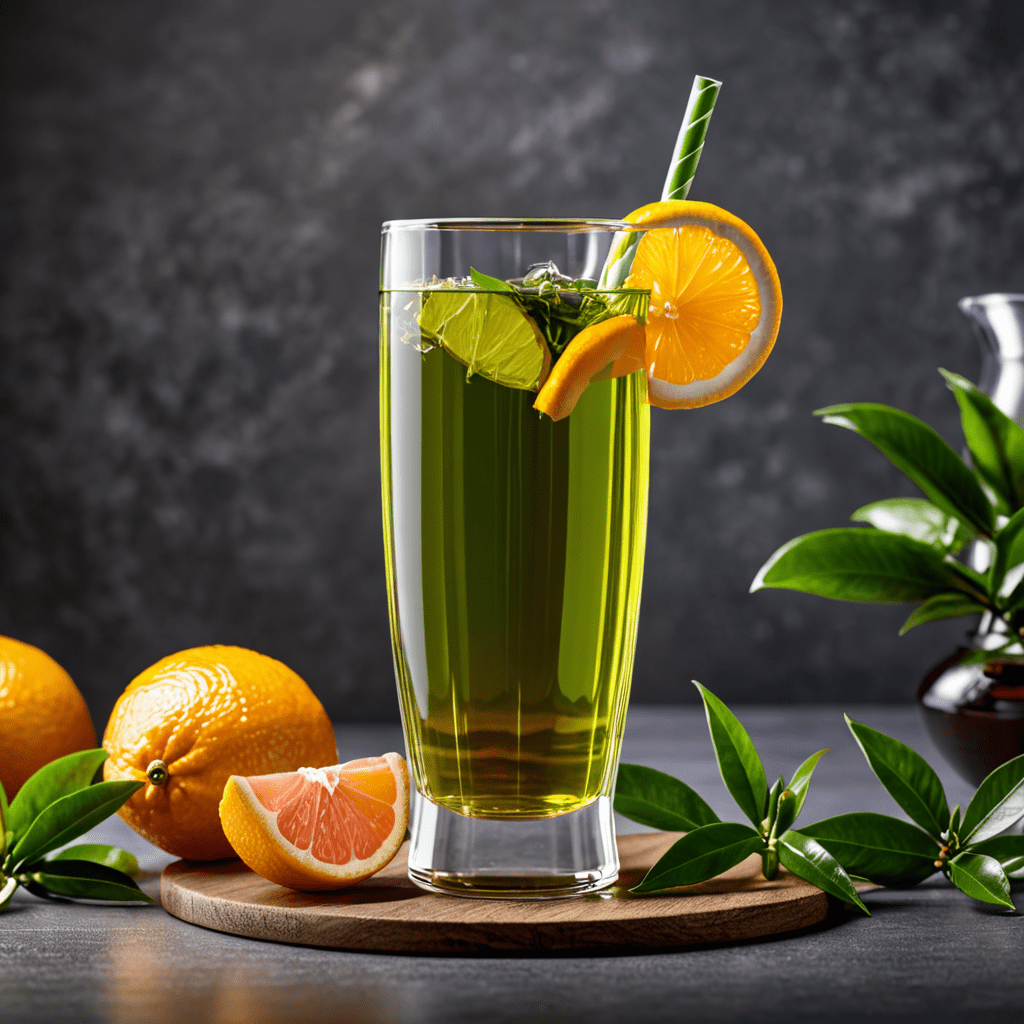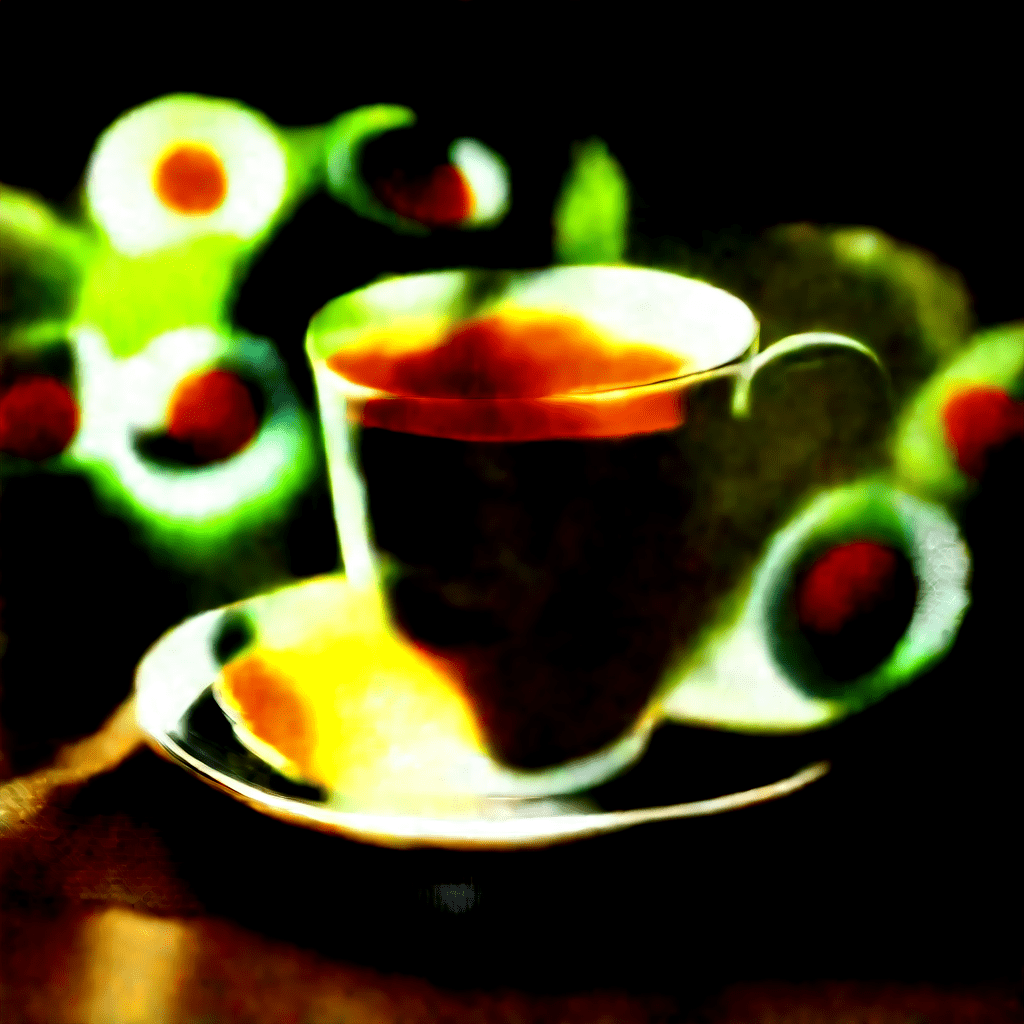Assam Tea: The Art of Blending
I. Introduction
Assam tea, renowned for its distinct malty flavor and rich aroma, is a global favorite. The art of blending Assam tea is a delicate balance of tradition and innovation, resulting in a symphony of flavors that cater to diverse palates. This article explores the intricacies of Assam tea blending, from its historical origins to modern techniques, providing an in-depth understanding of the craft behind this beloved beverage.
II. Historical Origins: Assam's Tea Legacy
The history of Assam tea dates back to the mid-19th century, when British explorers discovered indigenous tea plants growing in the Brahmaputra Valley. Recognizing the potential, they established plantations and began experimenting with the cultivation and processing of Assam tea. Over time, Assam emerged as a major tea-growing region, and its unique characteristics gained international acclaim.
III. Assam Tea Region: Climate and Geography
The Assam tea region is located in the northeast of India and benefits from a subtropical climate and abundant rainfall. The region's fertile soil and vast tea gardens provide ideal conditions for the growth of tea plants. The Brahmaputra River and its tributaries play a vital role in the region's ecosystem, contributing to the unique flavor profile of Assam tea.
IV. Varieties of Assam Tea: From Golden Tips to Malty Notes
Assam tea encompasses a diverse range of varieties, each with its own distinct characteristics. Golden Tips, prized for their delicate flavor and golden-tipped leaves, are a popular choice among tea enthusiasts. Other notable varieties include the full-bodied and malty Assam Orthodox, the brisk and lively Assam CTC (Crush, Tear, Curl), and the smooth and mellow Assam Green.
V. The Art of Tea Blending: Blending Theory and Expertise
Tea blending is a complex art form that requires knowledge, experience, and a discerning palate. The master blender carefully combines different types of tea to create unique blends that meet specific flavor profiles. Understanding the characteristics of each tea and the principles of blending theory is crucial to achieving a harmonious balance.
VI. Traditional Blending Techniques: Time-Honored Practices
Traditional blending techniques have been passed down through generations of Assam tea masters. These practices include:
- Hand-Picking: Skilled tea pluckers meticulously hand-pick tea leaves, ensuring the highest quality and consistency.
- Withering: Leaves are spread out and allowed to wither naturally, reducing moisture and developing flavor.
- Rolling: Leaves are rolled to break down cellular structures and release their flavor and aroma.
- Fermentation: Controlled oxidation of the rolled leaves creates the characteristic malty notes of Assam tea.
- Drying: The fermented leaves are dried to halt oxidation and preserve their flavor profile.
VII. Modern Blending Innovations: Technology and Customization
Alongside traditional techniques, modern blending innovations have emerged:
- Automated Sorting: Advanced machinery sorts tea leaves based on size, color, and grade, ensuring consistency and efficiency.
- Sensory Analysis: Blenders utilize sophisticated equipment to analyze the sensory characteristics of teas, ensuring precise and consistent blending.
- Customized Blending: Modern blending facilities cater to the diverse preferences of tea consumers, creating tailored blends for specific markets and flavor profiles.
VIII. Tea Blending for Different Palates: Catering to Diverse Tastes
Assam tea blends are crafted to satisfy a wide range of palates:
- Classic Blends: Timeless combinations of Assam teas, such as Assam Orthodox and CTC, offer a balanced and flavorful experience.
- Specialty Blends: Unique blends, often incorporating other teas or ingredients, cater to specific flavor preferences, such as fruity, floral, or spicy notes.
- Custom Blends: Blenders collaborate with tea enthusiasts to create personalized blends that meet their exact tastes and requirements.
IX. The Influence of the Master Blender: Craftsmanship and Intuition
The master blender plays a pivotal role in Assam tea blending. Their expertise includes:
- Intimate Tea Knowledge: Deep understanding of different Assam tea varieties and their unique characteristics.
- Refined Palate: Ability to discern subtle nuances in flavor and aroma, ensuring harmonious blends.
- Blending Intuition: A blend of experience, creativity, and intuition that guides the blending process and creates unforgettable tea experiences.
X. Conclusion: The Symphony of Assam Tea Blends
Assam tea blending is an art form that combines tradition, innovation, and masterful craftsmanship. Blenders meticulously combine different teas to create a symphony of flavors, catering to diverse palates worldwide. From classic blends to specialty creations, Assam tea blends offer a rich and rewarding tea experience, showcasing the artistry and expertise that lies behind every sip.
FAQ
1. What are the key characteristics of Assam tea?
Assam tea is renowned for its malty flavor, rich aroma, and full-bodied taste.
2. What are the different varieties of Assam tea?
Assam tea varieties include Golden Tips, Assam Orthodox, Assam CTC, and Assam Green.
3. How is Assam tea blended?
Assam tea blending involves combining different varieties of tea to create unique flavor profiles. Traditional and modern techniques are used.
4. What is the role of the master blender?
The master blender possesses deep tea knowledge, a refined palate, and blending intuition, guiding the creation of harmonious and memorable tea blends.
5. How can I find the perfect Assam tea blend for me?
Experiment with different blends to identify the ones that suit your taste preferences. Consider classic, specialty, and customized blends


